Pretreatment and preparation of activated carbon fiber
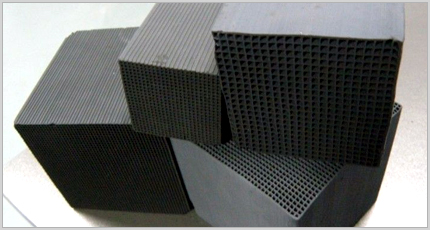
The production process of activated carbon fiber is different according to the different precursor materials, but all the precursor materials must be pretreated, carbonized and activated. The raw materials are first pretreated into carbonizable fibers, and then further carbonized and activated into activated carbon fiber products.
Pretreatment: that is, stabilization treatment, the main purpose is to keep the fiber from melting and keep the fiber prototype in the high temperature process of carbonization and activation. There are mainly two ways: salt impregnation and preoxidation. Salt impregnation is to fully impregnate the raw fiber in salt (phosphate, carbonate, sulfate, etc.) solution, and then make it dry. In the production of viscose based ACF, compared with carbonization or activation, the method can not only improve the yield, but also improve the mechanical and adsorption properties of the fibers. Air pre oxidation is generally used for pre oxidation treatment. The raw fiber is slowly pre oxidized for a certain time within a certain temperature range, or according to a certain temperature program.
Carbonization: carbonization is an important link in the production of activated carbon fiber. Carbonization is a kind of carbonized fiber with the structure similar to graphite microcrystalline formed by heat treatment of the fiber at 800-1000 ℃ in inert gas (such as nitrogen or argon). Activation is to etch carbonized fiber with oxidizing gas at high temperature, so that ACF has ideal microporous structure and high specific surface area.
Activation: refers to the process in which a large number of voids are generated after the carbonated fiber is treated with activator, and a certain amount of active groups are formed at the same time along with the increase of specific surface area and weight loss. The activation condition and degree affect the structure and properties of the product. The main factors affecting activation are: activator type, activation temperature, activation time and activator concentration.
Taking propylene hydrocarbon system and asphalt system as examples, figure 1 and Figure 2 respectively introduce the ACF manufacturing process flow of propylene hydrocarbon system and asphalt system.
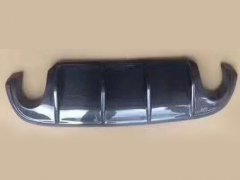
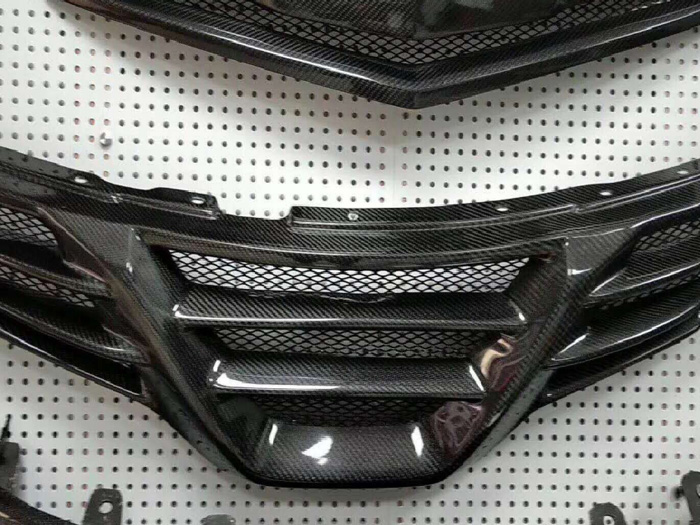
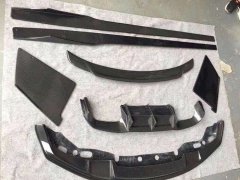
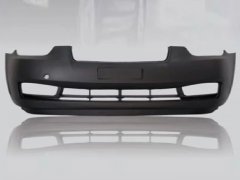
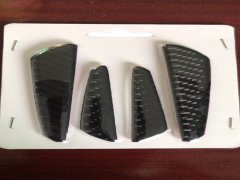
 扫一扫添加微信
扫一扫添加微信